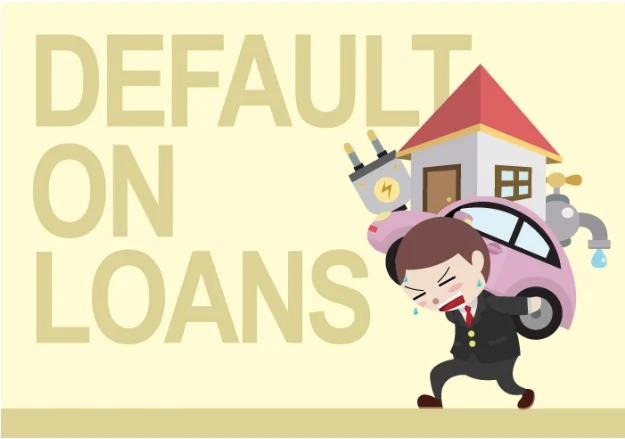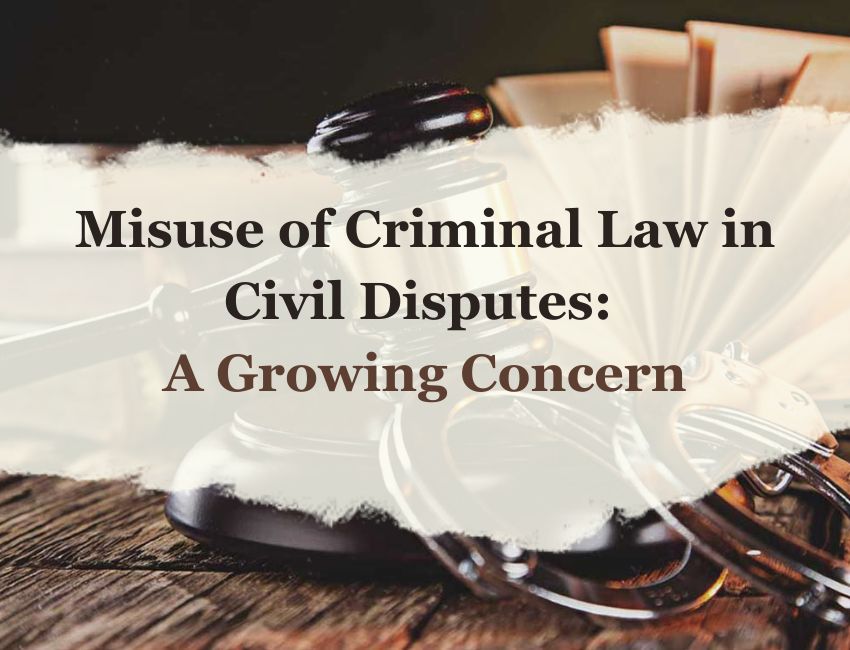1. This is an appeal on behalf of the judgment-debtor against an order by which execution has been allowed to proceed on the basis of a decree obtained by the respondent. The learned Judge in the Court of appeal below has declined to consider the objection of limitation which was successfully raised by the judgment-debtor in the Court of first instance, on the ground that upon the principle of the decision of the Judicial Committee in the case of Mungul Pershad Dichit v. Grija Kant Lahiri 8 C. 51 : 11 C.L.R. 113 : 8 I.A. 123, it was not open to the judgment-debtor to urge that objection at the stage in which he actually took it. It appears that on the 10th June 1903 the decree-holder presented the application out of which the present proceedings arise. As the application was defective in form, the decree-holder was directed by the Court to amend it and to present it within a specified time. This order does not appear to have been* strictly carried out; that, however, is immaterial for our present purposes, because we find that on the 10th November, 1903, the application was, as a matter of fact, registered. On that date the Court directed notices u/s 248 of the Code of 1882 to be issued upon the judgment-debtor. The notice was served on the 26th November 1908, and a return was made to the Court to the effect that the judgment-debtor could not be found, that there was no body in the house who could receive the notice, and that consequently it had been affixed on the outer door of the house in which the judgment-debtor lived. On the 22nd December, 1908, on the strength of this return, and upon the prayer of the decree-holder, the Court directed the attachment of the movables of the judgment-debtor. The attachment was effected on the 15th December following, and various movables belonging to the judgment-debtor as well as his cattle were brought into Court. On the 20th December the judgment-debtor made a payment to the decree holder, and got, the attached properties released. Three days later, on the 23rd December, he preferred his objections to the execution proceedings, namely, first, that the application was barred by limitation, and, secondly, that as no notice had been served upon him, execution could not proceed. This second objection clearly referred to the necessity for a notice u/s 248 of the Code of Civil Procedure. When the matter came to be heard before the" Court, the decree-holder did not challenge the correctness of the allegation of the judgment-debtor that notice u/s 248 had not been served upon him. The only question which was discussed was whether the application was barred by limitation or not. Upon the facts admitted, there could be no doubt as to the manner in which this question ought to be answered. The last step which had been taken in aid of execution before the present proceedings were commenced, was on the 7th June, 1905; and as the present application was made on the 10th June 1908, it was obviously barred by limitation. The Court of first instance adopted this view, and dismissed the application but made no order for costs. The decree-holder then appealed to the District Judge and contended before him that it was not open to the judgment-debtor to urge any objection on the ground of limitation, not because any notice u/s 248 had been served upon him and he had failed in spite of such notice to take exception to the execution proceedings, but because his movables had been attached and the decree had partially been satisfied by payment of a sum of money, so that it was no longer open to him, in view of the decision of the Judicial Committee in Mungal Pershad Dichit v. Grija Kant Lahiri 8 C. 51 : 11 C.L.R. 113 : 8 I.A. 123, to take objection on the ground of limitation. This contention was accepted as Well-founded by the District Judge. The result was that he allowed the appeal and directed the execution to proceed.
2. The judgment-debtor has now appealed to this Court, and on his behalf it has been contended that the view taken by the District Judge is erroneous; first, because the ground upon which his decision is based ought not to have been allowed to be urged as no such objection was taken in the Court of first instance and the determination of the objection depended upon the ascertainment of facts which had not been investigated in the original Court by reason of the omission of the decree-holder to urge the objection at the proper time; and, secondly, because upon the materials on the record and upon the allegations of the judgment-debtor which were unchallenged by the decree-holder in the Court of first instance, the ground is not sustainable. In our opinion, both these contentions are well-founded and must prevail.
3. It is clear that the principle which underlies the decision of the Judicial Committee in the case mentioned, is not applicable unless it is proved that the judgment-debtor had an opportunity to challenge the validity of the execution proceedings and in spite of such opportunity failed to avail himself of it. As was pointed out by Mr. Justice West in Sheik Budam v. Ramchandra Bhunjgaya 11 B. 537, the principle of that decision is that the judgment-debtor though called on to dispute if he wished or if he could, certain proposition of right and consequential demand of relief or action by the judgment creditor, had either failed in his contention to the contrary or at any rate allowed the judgment to go by default. This principle has been applied in the cases of Maazzam Hussen Mandal v. Sarat Coomary Debi 11 C.L.J. 357 : 14 C.W.N. 433 : 5 Ind. Cas. 89 and Monmohan Karmokar v. Dwarka Nath Karmokar 12 C.L.J. 312 : 7 Ind. Cas. 55. Now in the case before us, it is clear from the return on the record that the notice issued u/s 248 was not personally served upon the judgment-debtor. His allegation throughout has been that he was never apprised of such notice and that the first time he came to know of the execution proceedings was on the 15th December 1908, when his movables were attached at the instance of the decree-holder. This allegation has not been challenged; indeed, no suggestion was made either in the Court of first instance or in the Court of appeal below that this allegation was untrue. Now, if this allegation is, in fact, true, what is the position of the judgment-debtor? He has preferred objection to the execution at the earliest possible moment. As soon as his movables were attached, he paid up a portion of the judgment-debt to obtain their release, arid within three days preferred objections to the Court against the execution of the decree. Under these circumstances, it is impossible, in our opinion, to apply the principle of the decision in the case of Mungul Pershad Dichit v. Grija Kant Lahiri 8 C. 51 : 11 C.L.R. 113 : 8 I.A. 123. It follows consequently that the view taken by the District Judge cannot be supported.
4. The next question that arises is, whether the view taken by the Court of first instance is well-founded. It has not been disputed that the application of the 7th June 1905 was a step-in-aid of execution, and that the next application was not made till the 10th June 1908. Prima facie, therefore, the present application is barred by limitation. But it has been argued that although the application of the 7th June 1905 was presented on that date, it was not considered till three days later; and that in fact on the 7th June, as soon as the application was presented, the Court directed it to be put up on the 10th June for disposal. Upon this fact, it has been argued that the position may be taken that the application of the 7th June 1905 was represented on the. 10th June, and that if this view is adopted the present application is not barred by limitation. This, however, is a position which cannot be maintained either on principle or on the authorities. Limitation runs from the date when an application is made to the Court to take a step-in-aid of execution, and not from the date when the Court disposes of the application. The view we take is supported by the decision of this Court in the case of Raj Behari Chakravarti v. Kalihar Gupta 10 C.L.J. 479 : 3 Ind. Cas. 336. We must hold, therefore, that the conclusion of the Court of first instance is correct.
5. The result is that this appeal is allowed, the order of the District Judge is reversed, and that of the Court of first instance is restored. There will, however, be no order for costs in any of the Courts.

